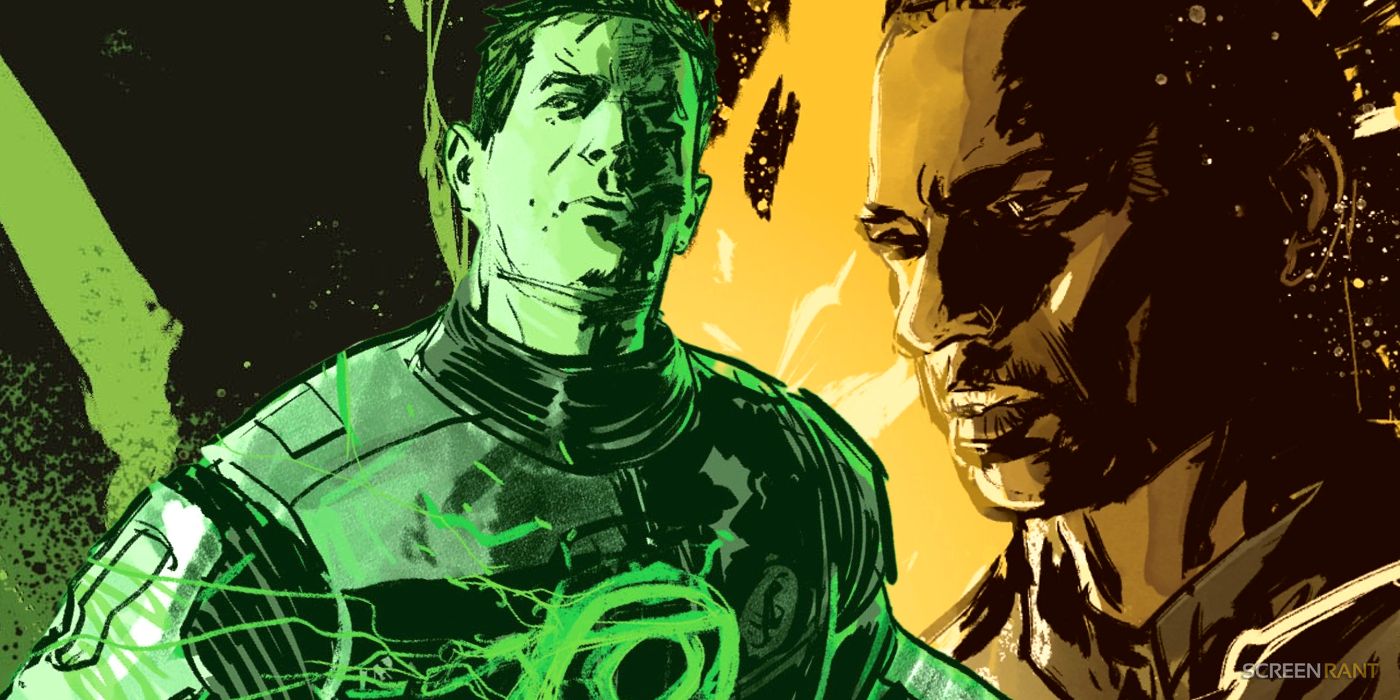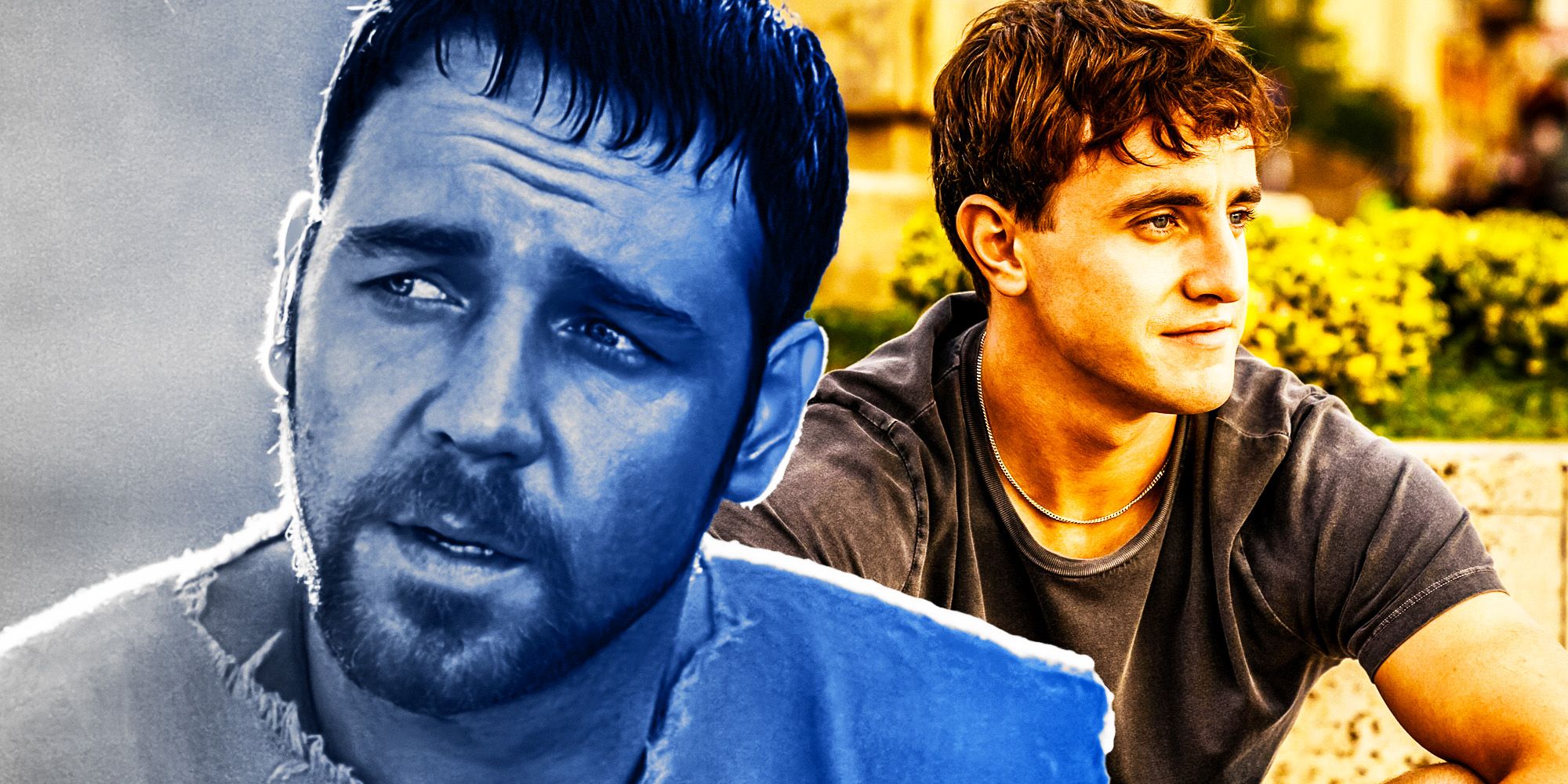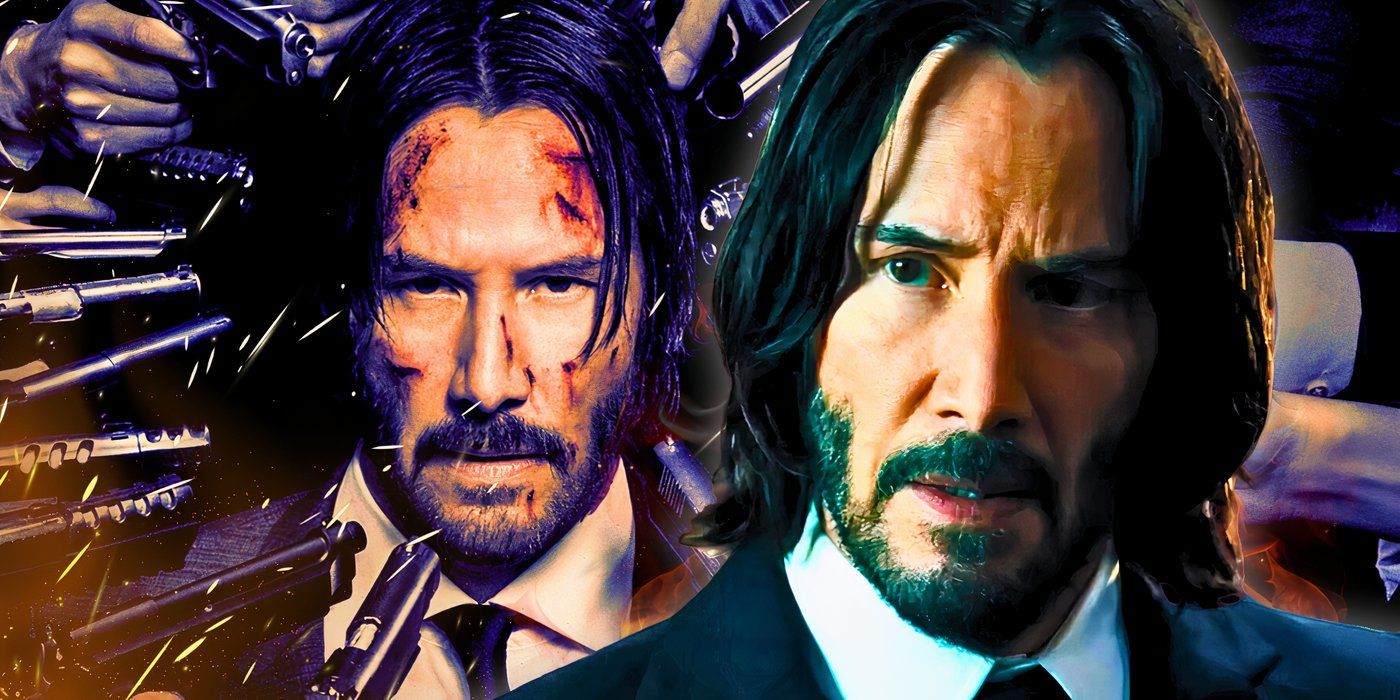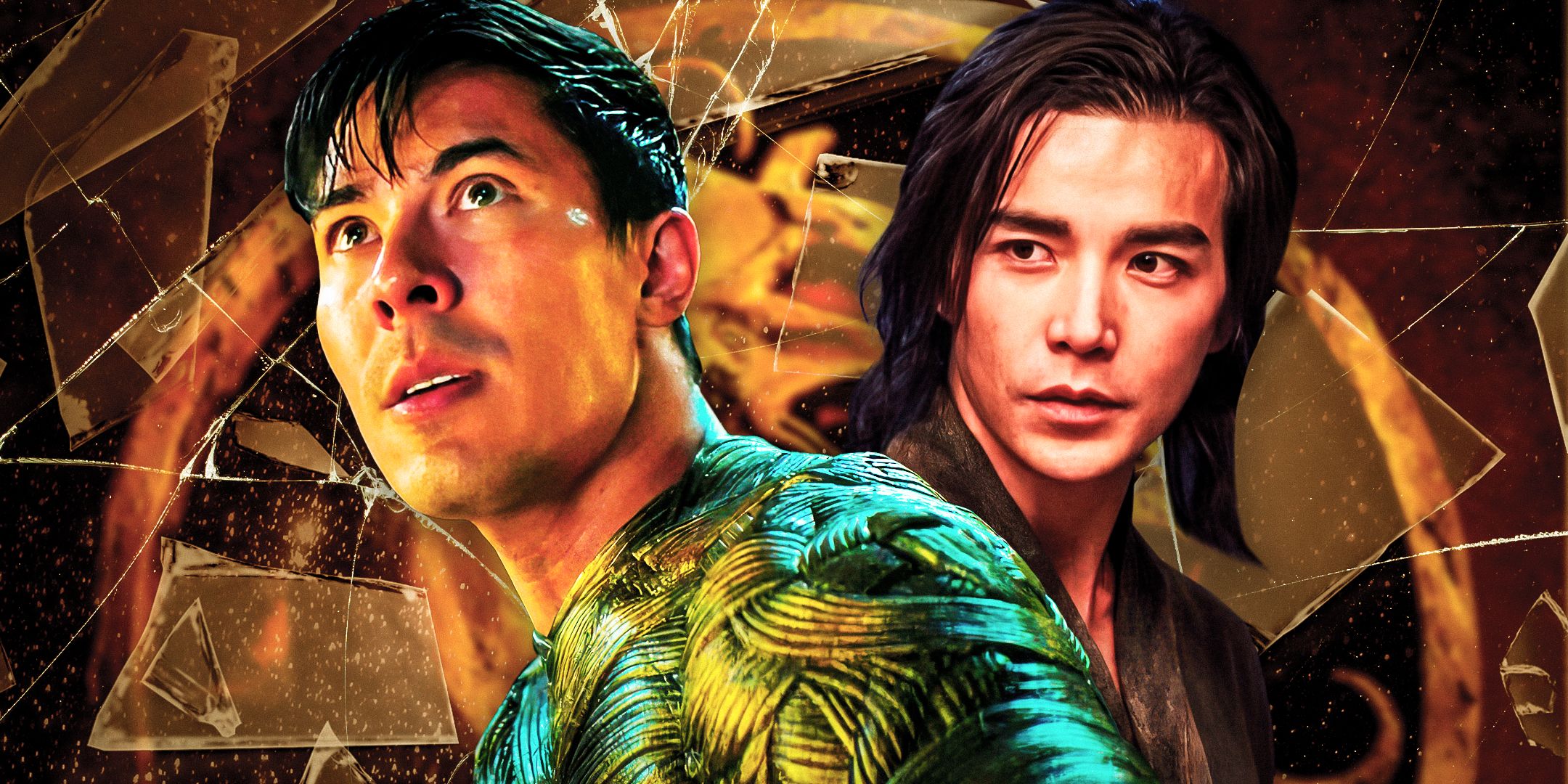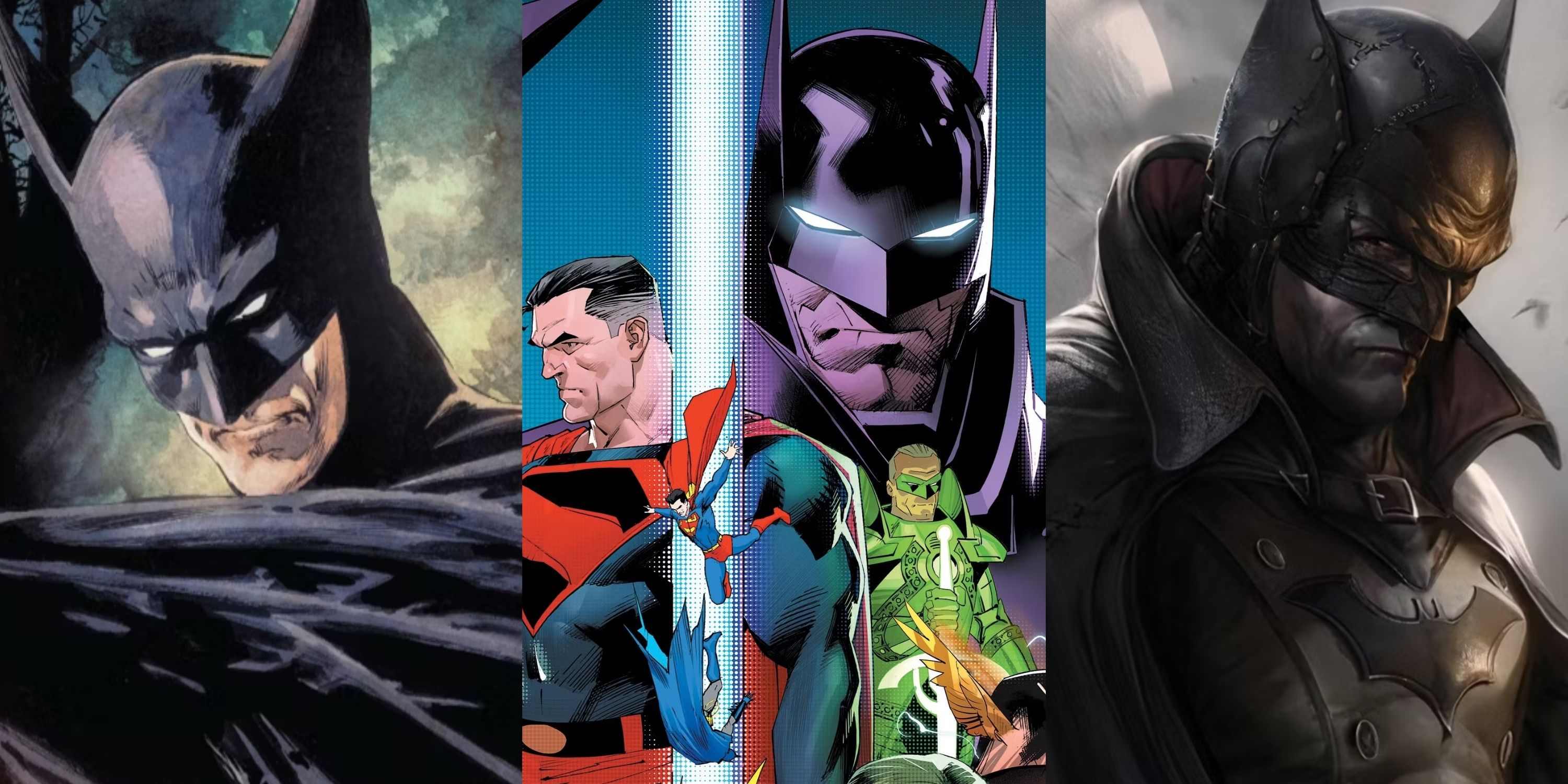The Silent Hill series is not the first nor only game of its time to take direct inspiration from David Lynch’s cult creation Twin Peaks, but the iconic horror games have interpreted the show’s elements in the best light. There are multiple references and striking similarities that bring the series together, making for a more in-depth comparative analysis in understanding the symbologies and intentions in playing the games.
There is so much to appreciate about the oddball ’90s show, given just as much obvious admiration on behalf of the games. The shared elements are enough to make players and viewers wonder if it may be possible that the universes could very well be conjoined.
The Dialogue
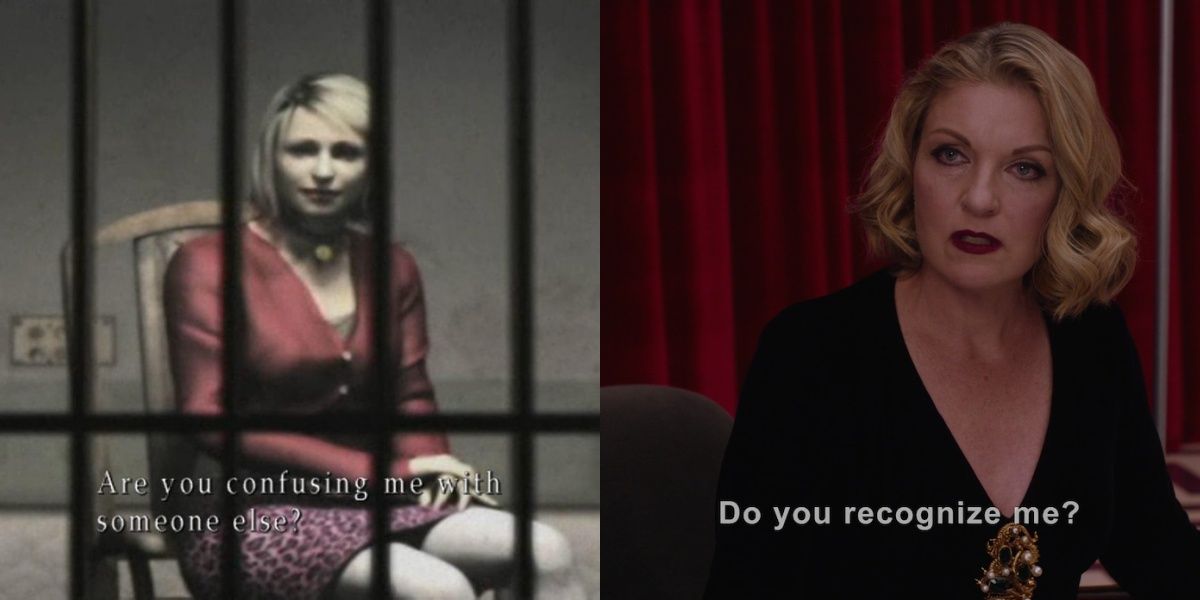
While Silent Hill may not have taken direct inspiration from the strange, cryptic, and often awkward dialogue from Twin Peaks, the game uses some that is similar. Simple lines indicating the nature of the characters with odd or delayed reactions can be humorous and just as mysterious and eye-opening as many of the characters aren’t as who they seem, much like in the show.
Twin Peaks takes itself after soap operas, or rather satirizing them, while Silent Hill persists the feelings of disorientation and surrealism through the off-kilter interactions as well.
Murder/Crime Conspiracies
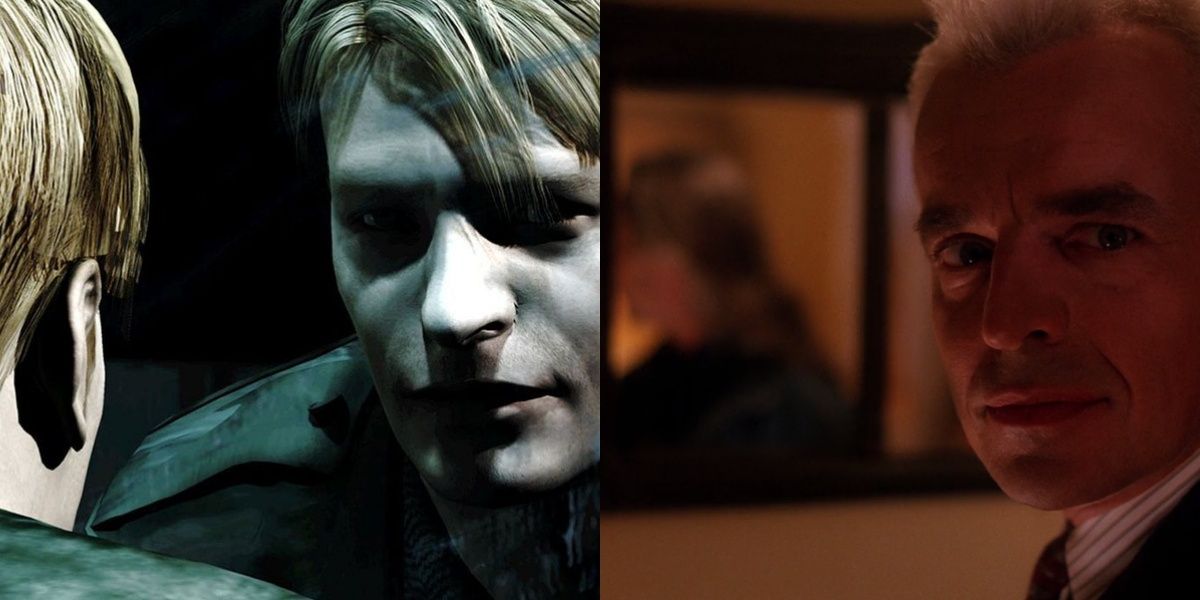
Coincidence or not, both series actually have murder and crime conspiracies that are pretty similar. While Leland, a host of the parasitic demon Bob, is involved in the murder of Laura Palmer, not to mention the many other murders that happen throughout the show, Silent Hill deals with similar subjects.
James is involved in murder, and other characters may be as well. There’s a drug trade that the nurse Lisa is pressured to be a part of, and both series also tackle the subjects of human trafficking and sexual abuse.
Everyman Characters
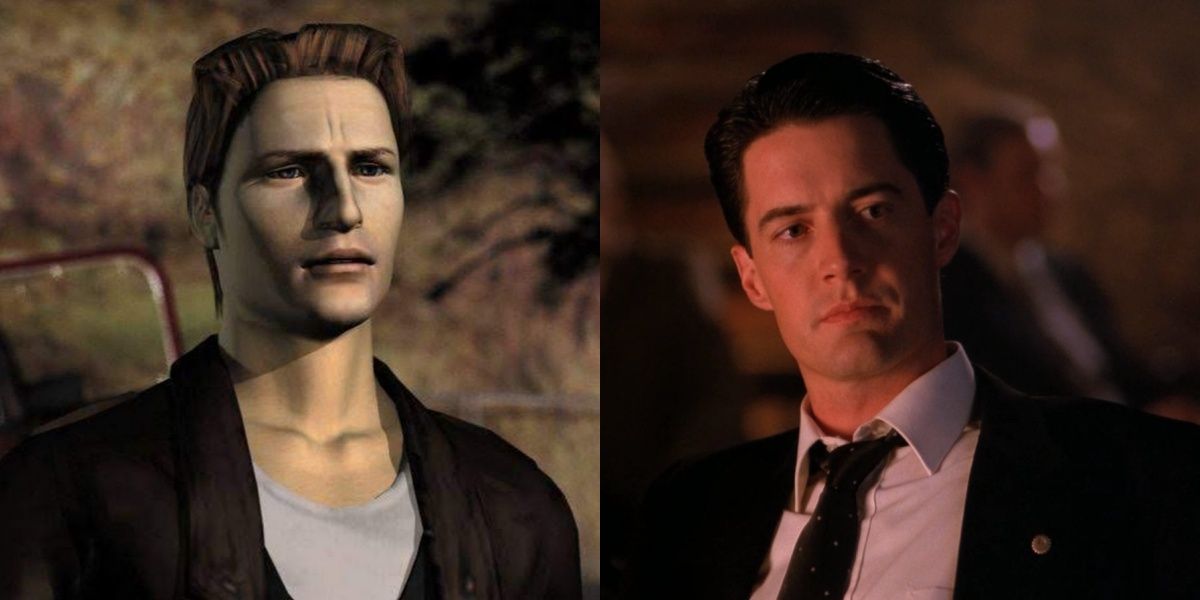
Twin Peaks has a variety of the ‘everyman’ archetype featured within the show, whether it’s heroic and persistent Dale Cooper, straight-edge sheriff Harry Truman, sad biker boy James Hurley, romantic gas station owner Ed Hurley… the list goes on.
While Silent Hill has its own unique characters, it isn’t short of its own list of ‘everyman’ type characters, such as writer Harry Mason, widower James Sunderland, quiet photographer Henry Townshend, truck driver Travis Grady, and so on.
The Towns
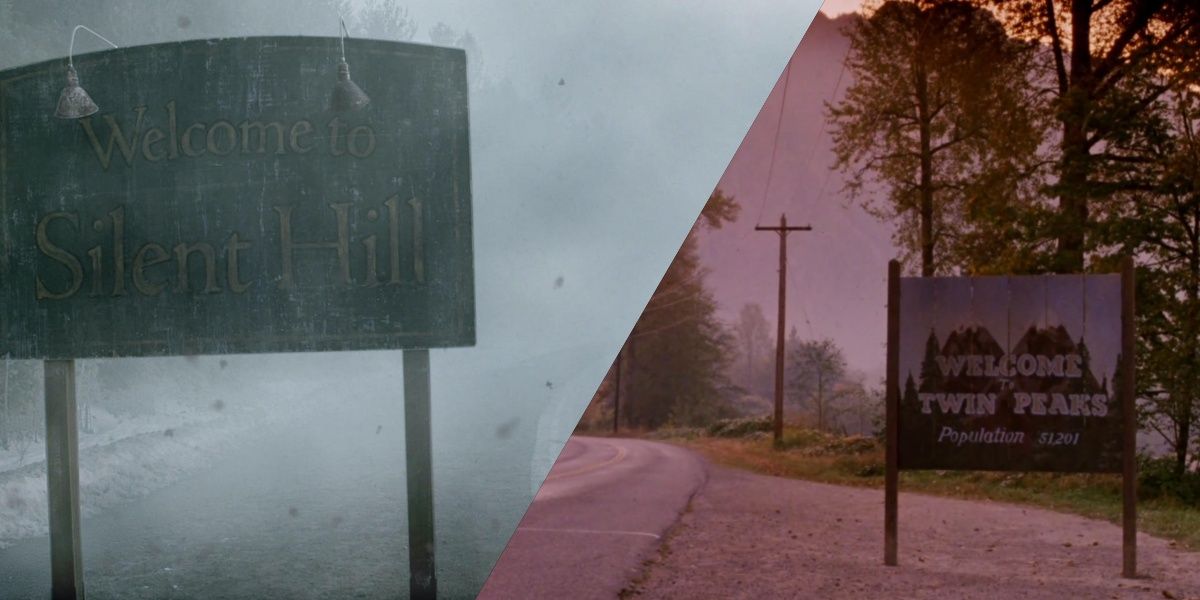
The towns of Silent Hill and Twin Peaks share a myriad of similarities. For two, their mysterious makeup. They’re both tiny towns in Northern America surrounded by forestation and seem to be built atop incredible misery and misfortune.
Twin Peaks has a foundation upon gentrification, crime, sexual abuse, and chaos enforced by demons created by an entity called Judy/Jow-day. Silent Hill’s history is built atop cult abuse and worship, leading to Alessa’s creation opening to the Otherworld.
Theme of Martyrdom
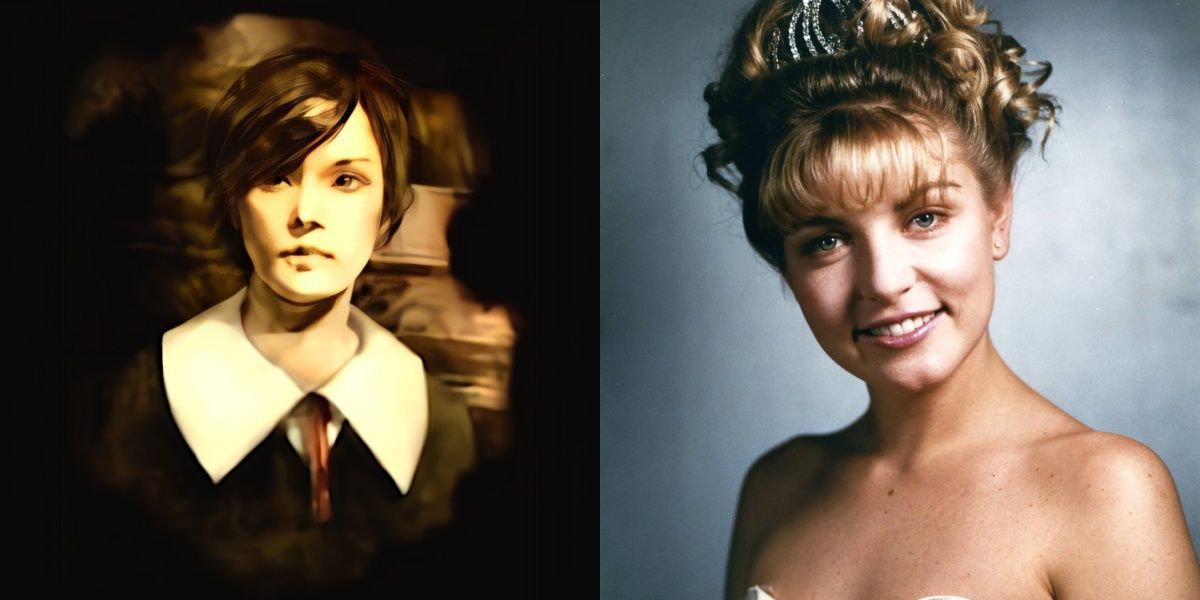
While it may not be quite as noticeable in Silent Hill, Alessa Gillespie, and many other young women before her were taken advantage of as martyrs to bring about the resurrection of a new God. This is the first game’s main plot as Alessa attracts her clone Cheryl back to the town to stop the cult’s process.
In Twin Peaks, the martyr is obviously Laura Palmer, a person who was revered by the people around her but was also used as a way for Dale to find Twin Peaks and discover its secrets. In Fire Walk With Me, it’s revealed that Laura is doomed and must avoid being taken by the wrong spirits into the Black Lodge, often being tortured by Bob.
The Creatures
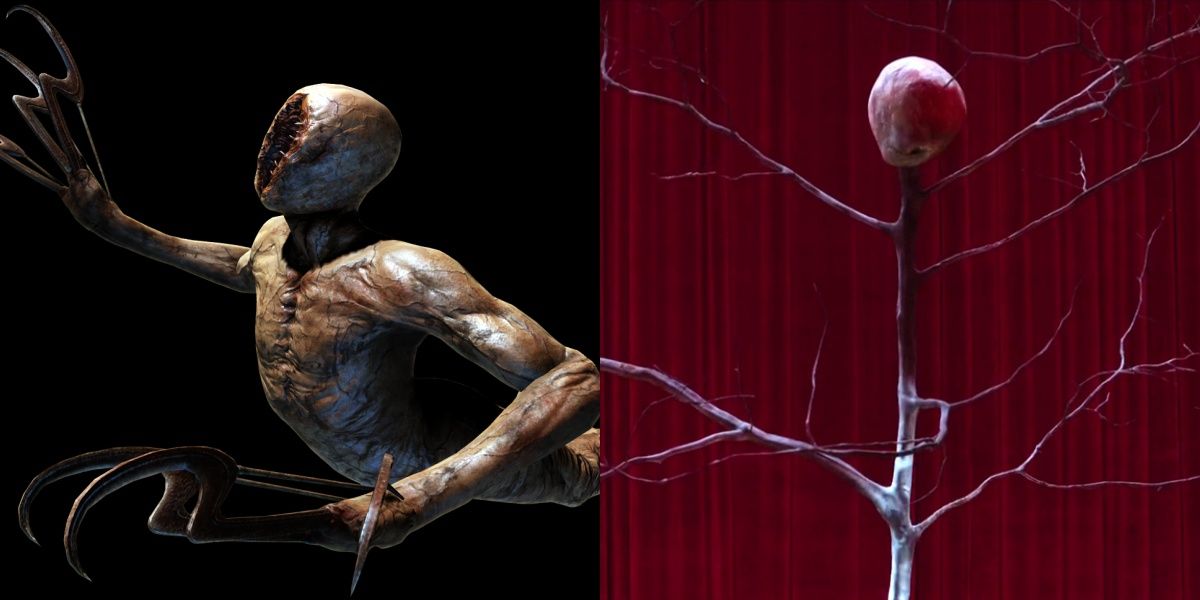
Silent Hill is notorious for its monsters and creature design, not something to take lightly as they aim to terrify as well as provoke thought. Now and then, there’s a strange entity and creature to be seen in Twin Peaks, mostly in the third season, The Return.
The designs are not particularly similar but can resemble each other in certain aspects and can be just as disturbing. Certain creatures include the frog-thing that a girl swallows in her sleep, Judy, and the final form of The Arm.
Doppelgångers
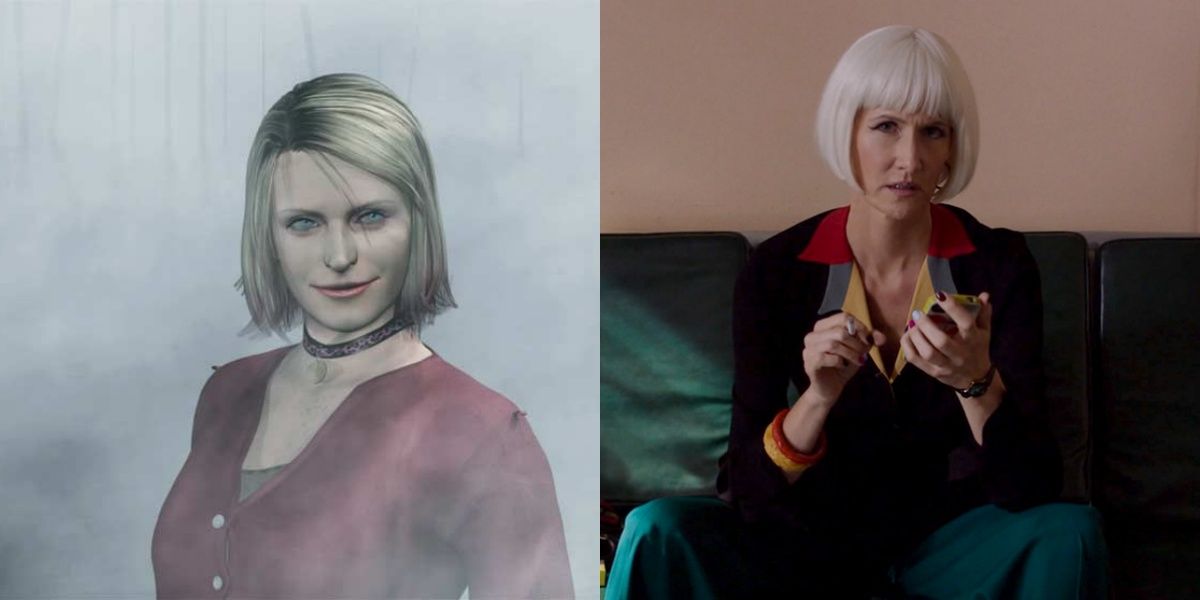
Doppelgångers run rampant all over Silent Hill and Twin Peaks, in both cases conjured from their respective “otherworlds.” In Silent Hill, some doppelgångers include Cheryl, Heather, Dark Heather, and Maria. In PT, the Silent Hills demo, it’s teased that there may be different versions of the playable character as well.
In Twin Peaks, there’s a doppelgånger of a good majority of the major characters, such as Laura, Dale, Diane, and Leland. It’s a mystery as to where any of the doppelgångers come from or how they are summoned.
Otherworld/The Black Lodge
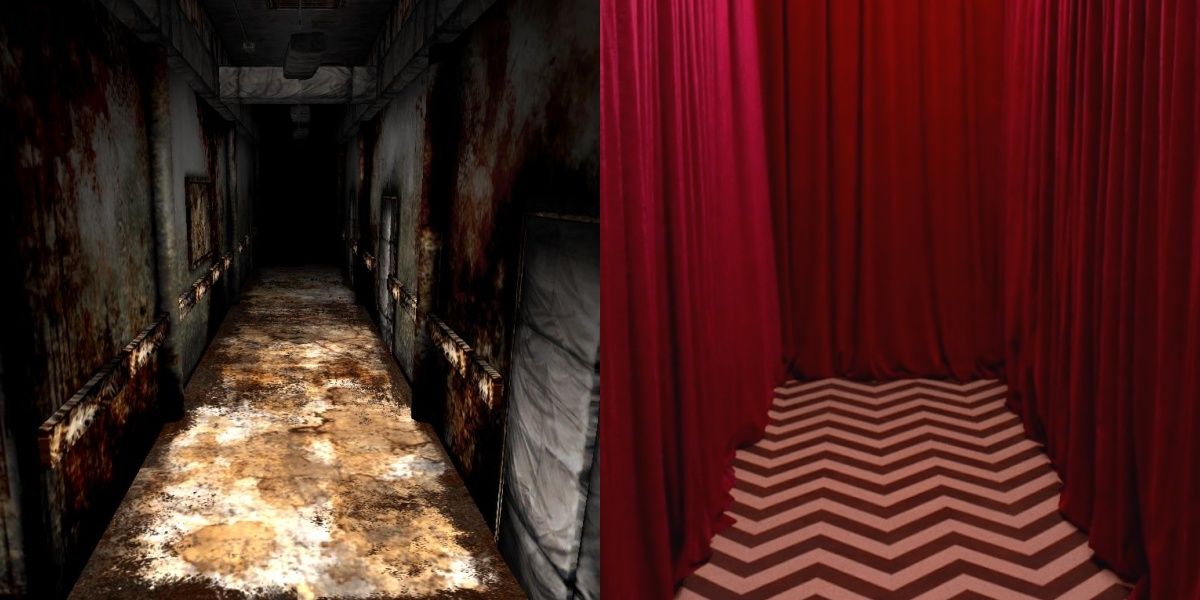
Both franchises have their own “otherworld” situations in which the characters can traverse and be physically harmed or affected. While it’s unsure where or when The Black Lodge came from, it can be implied that it was created by Judy/Jowday, an evil spirit of chaos and misery.
The Lodge harbors different spirits, whether they’re shadows of people or their own free-thinking entities. The Otherworld of Silent Hill is similar because it was possibly created by Alessa, a powerful and traumatized woman.
The Music
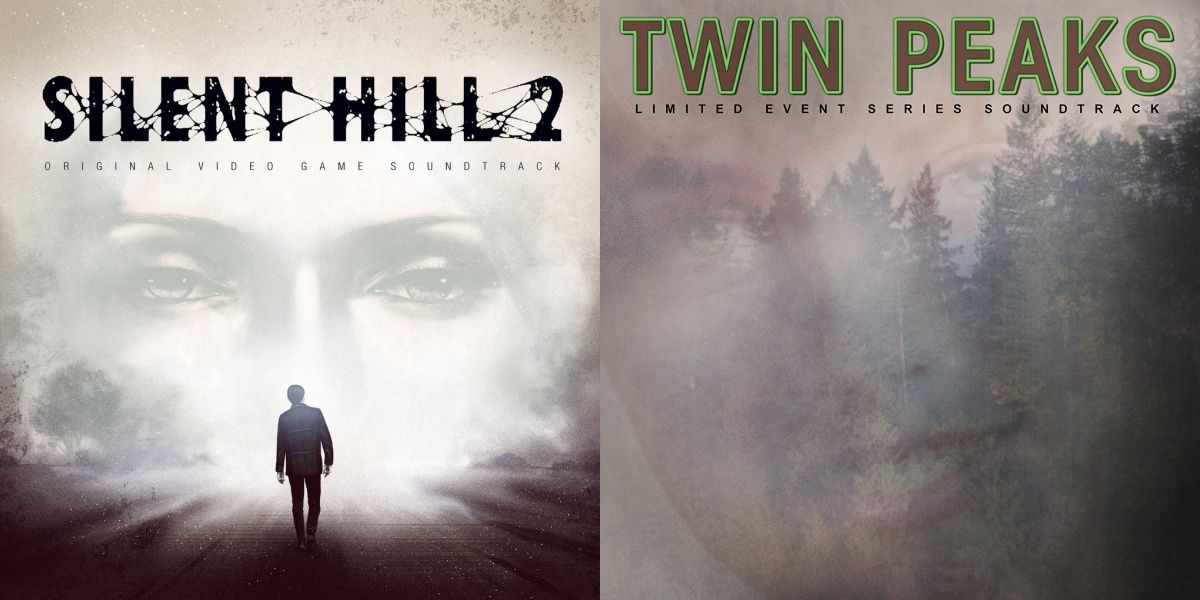
Akira Yamaoka composed several incredible scores for the Silent Hill games and films, making some of the most iconic tracks in video game history. While often very terrifying ambient industrial, his music can also make the shift to more progressive rock. The spooky soundtracks are genre-bending, which can be said for Angelo Badalamenti’s scores for Twin Peaks.
The mystical and doom jazz-inspired soundtracks can evoke a similar emotional range as Silent Hill, both horror and more progressive bangers. In looking at David Lynch’s music, some tracks could easily be mistaken as songs on the game’s soundtracks.
The Psychological Horror
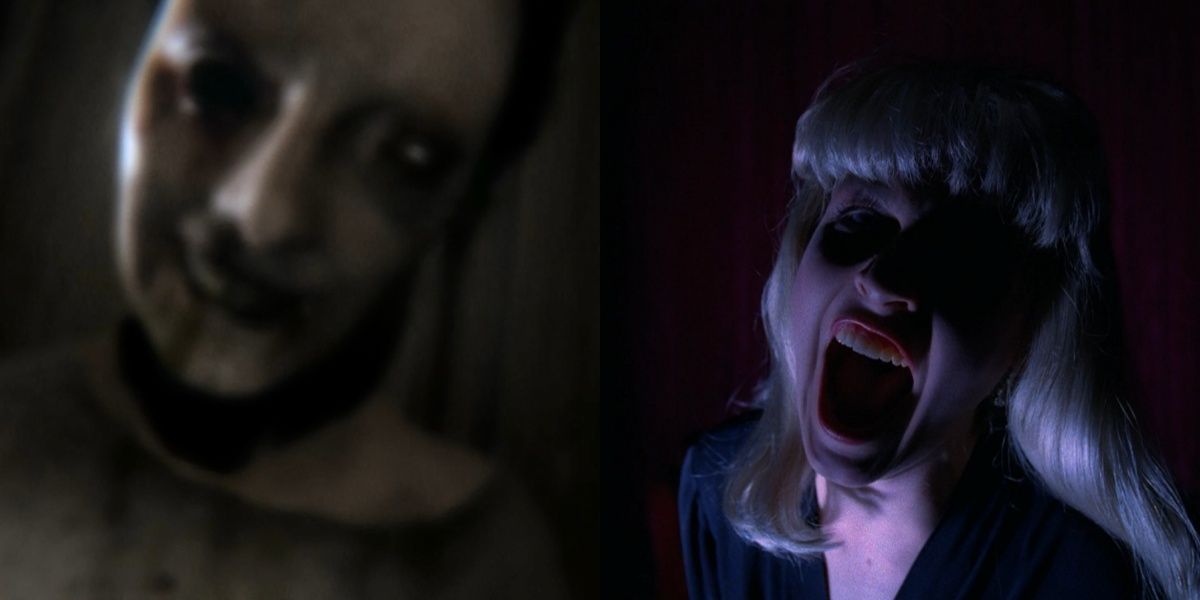
Psychological horror is Silent Hill’s trademark as a game, using all its elements to provoke an emotional and sensory reaction to its meaningful horrors. While one could say this was pioneered by the games in the industry, there’s no debate David Lynch is also one of the most famous proprietors and pioneers of psychological horror in the film and television industry.
His use of disturbing imagery and sound design has made him notorious for evoking disorientation, confusion, and fear in his audiences, using these techniques frequently in Twin Peaks as well.
